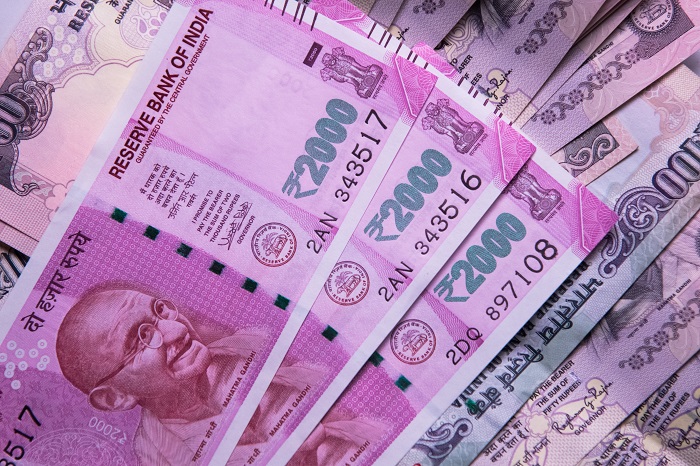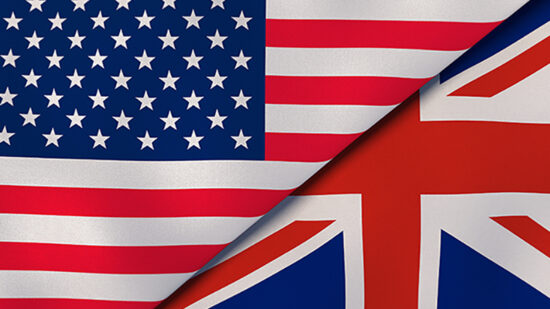Whilst current interest rates stand at 6.5%[1], some NRI savers continue to benefit from guaranteed double digit interest rates of the past, through capital protected fixed deposits from India’s largest banks. With stability risk low and a continued weakening of the rupee (boosting converted currencies favorably), the outlook for NRI savers never looked so bright…
But is all what it seems?
It is first important to consider the economic outlook for India. Whilst the International Monetary Fund (IMF)[2] continues to be positive about the long term outlook for the Indian economy, and the Reserve Bank of India supports the government’s optimistic outlook for 7.4% economic growth in the year 2018-2019, there appears to be some emerging vulnerabilities for its economy. Mainly India’s dependence on oil at rising costs, low market liquidity and the continued weakening of the rupee against the dollar, squeezing profits and new job creation, and the unemployed sector set to rise at rates not experienced in the growth boom of the past 10 years[3], all factors point to a careful watch on inflation.
The first and most important factor rarely considered by savers is the impact of inflation in India and how it can diminish their potential savings returns; dangerous considering NRI savers often opt for locked in minimum saving periods to benefit from the highest rates available. Whilst annual consumer inflation in India declined to 3.69% in August 2018 from 4.17% in July, the Reserve Bank of India projects inflation of between 4-4.5% to the end of 2019 which should be factored into expected returns by savers.
In simple terms, for those who have been saving in India since 2012 with an average annual inflation rate of 6.49%, savings would have had to grow by the same amount just to maintain the value of the original savings or investment amount. This is further compounded when we consider the relative strength of the rupee against other currencies. In effect, the weakening of the rupee can make purchases overseas such as international school and university fees more expensive in the amount payable in rupees. Similarly, the impact inflation has on prices within India should also be a consideration for savers. Those considering using their savings to buy goods and property in India are likely to find that their original savings are no longer adequate for the purchases they had intended.
For any saver, it is important to weigh up the pros and cons of saving in other currencies in exactly the same way. For example, whilst US CPI inflation is expected to range between 2- 2.5% in 2018 and expected to remain pretty consistent around 2.12% through to 2023[4], savers must also consider the potential negatives of lower nominal interest rate returns against the positive of lower currency depreciation risk.
For those who still wish to pursue the route of Fixed Deposit, they may want to consider USD denominated Deposit accounts. This could mean that the headline rate of 6.5% may reduce to 3.5%. What still needs to be taken into account is the inflation rate for UAE and India, depending on how the maturity proceeds are intended to be used.
However, given previous high interest rate and inflation volatility in India, it is perhaps more pertinent that NRI savers be armed with information to make decisions around where to save and in which currency. Calculating the true potential rate of return should involve building all pluses and minuses into the calculation, together with future buying power risk, and the impact of interest penalties on access to capital. It is only in this measured way that NRI savers will get a true picture of the real return on their capital.
[1] The Reserve Bank of India, 5 October 2018
[2] IMF chief Christine Lagarde, FT, 11 October 2018, 01.36 PM IST
[3] Bloomberg – Updated: 10 October 2018, 13:08 IST
[4] International Monetary Fund (IMF)








